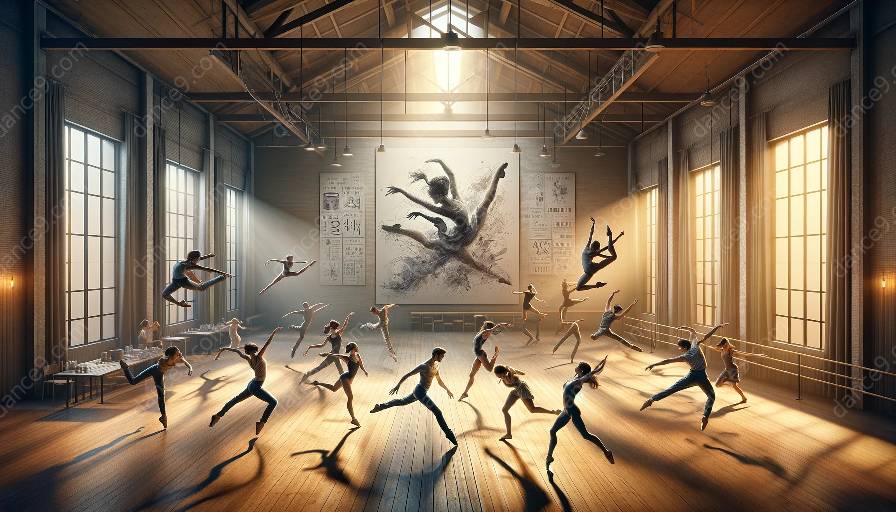Choreography is a form of artistic expression that has been influenced by historical contexts, shaping and informing various choreographic techniques. This article will explore the fascinating interplay between history and dance, delving into different influential periods and styles that have left a lasting impact on choreography.
The Early Influences
Historically, dance and choreography were deeply intertwined with communal and ceremonial rituals. In ancient civilizations, such as the Greeks and Romans, dance was an integral part of religious worship, storytelling, and social gatherings. Choreographic techniques during this era often focused on expressive gestures, simplistic formations, and rhythmic patterns that reflected cultural beliefs and practices.
The Renaissance Era
The Renaissance period brought about a significant shift in choreographic techniques. With renewed interest in humanism and the arts, dance became more structured and formalized. Influential choreographers, such as Catherine de' Medici, contributed to the development of court ballets, introducing intricate patterns, graceful movements, and storytelling elements. This era marked the beginning of choreography as a structured art form, with an emphasis on technique, aesthetics, and narrative.
The Romantic Movement
During the 19th century, the Romantic Movement impacted choreographic techniques by prioritizing emotions, individualism, and expression. Choreographers like Marius Petipa and Jules Perrot pioneered narrative ballets, imbuing choreography with complex characters, dramatic storytelling, and technical virtuosity. This period elevated dance to a new level of artistic expression, emphasizing the emotive power of movement and expanding the possibilities of choreographic storytelling.
Modern and Contemporary Influences
The 20th century saw a myriad of influences on choreographic techniques, reflecting the social, cultural, and political upheavals of the time. From the innovations of Isadora Duncan, who emphasized natural movement and spontaneity, to the groundbreaking work of pioneers like Martha Graham and Merce Cunningham, modern and contemporary dance pushed the boundaries of traditional choreography. Experimental techniques, abstract concepts, and interdisciplinary collaborations became defining features of choreographic evolution, reflecting the shifting landscapes of artistic expression.
Global Perspectives
As dance evolved into a global art form, choreographic techniques have been enriched by diverse cultural influences. Traditional dance forms from various regions, such as Bharatanatyam from India or Flamenco from Spain, have contributed to the expansive vocabulary of choreography. This cross-pollination of dance styles has led to the development of eclectic and inclusive choreographic techniques, showcasing the richness of global dance traditions.
Conclusion
Delving into the historical contexts of choreographic techniques unveils a rich tapestry of artistic evolution, innovation, and cultural exchange. The interplay between historical periods and choreography has continuously shaped the way movement is structured, interpreted, and presented. By understanding the historical roots of choreographic techniques, dancers, choreographers, and audiences gain a deeper appreciation for the intricate relationship between history and the art of dance.






































